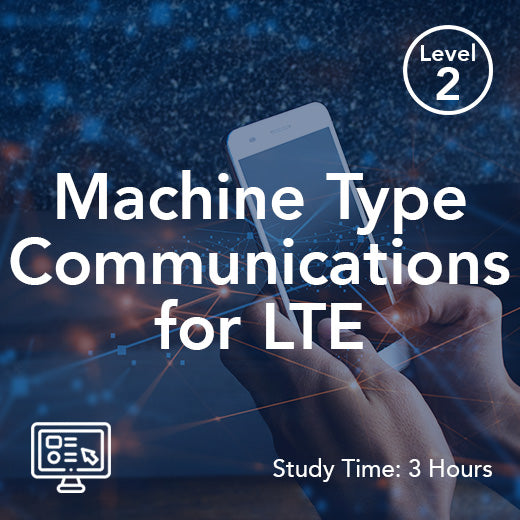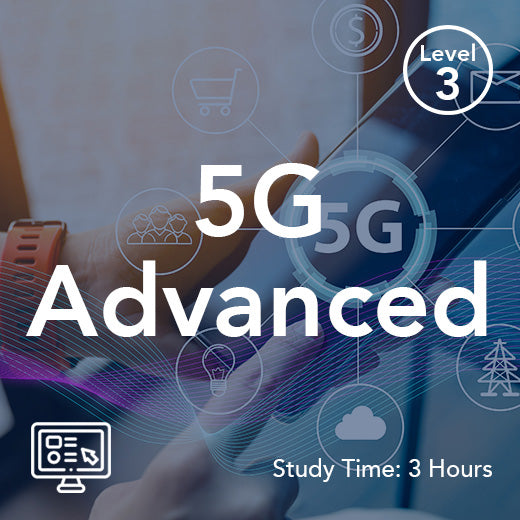What Is Multi-Access Edge Computing
- , by Paul Waite
- 2 min reading time
 In today's digital age, the demand for faster and more efficient data processing is constantly increasing. With the rise of technologies such as the Internet of Things (IoT), artificial intelligence (AI), and virtual reality (VR), there is a need for computing resources to be closer to the end-users to reduce latency and improve performance. This is where multi-access edge computing (MEC) comes into play.
In today's digital age, the demand for faster and more efficient data processing is constantly increasing. With the rise of technologies such as the Internet of Things (IoT), artificial intelligence (AI), and virtual reality (VR), there is a need for computing resources to be closer to the end-users to reduce latency and improve performance. This is where multi-access edge computing (MEC) comes into play.
MEC is a distributed computing architecture that brings computation and data storage closer to the edge of the network, near the end-users. By moving computing resources closer to where data is generated and consumed, MEC reduces the distance that data needs to travel, which in turn reduces latency and improves overall performance. This is especially important for applications that require real-time data processing, such as autonomous vehicles, smart cities, and industrial automation.
One of the key benefits of MEC is its ability to offload processing tasks from the centralised cloud to the edge of the network. This not only reduces the load on the central cloud infrastructure but also improves the efficiency of data transfer and processing. By distributing computing resources across the network, MEC enables faster response times, lower latency, and better scalability for applications that require high-speed data processing.
Another advantage of MEC is its ability to support a wide range of devices and applications. With MEC, developers can deploy customised applications and services at the edge of the network, tailored to the specific needs of their users. This flexibility allows for greater innovation and creativity in the development of new applications and services, ultimately leading to a more dynamic and responsive network ecosystem.
In addition, MEC enables network operators to monetise their infrastructure by offering value-added services to their customers. By providing computing resources at the edge of the network, operators can offer services such as content caching, video optimisation, and network security, generating additional revenue streams and improving the overall user experience.
Overall, multi-access edge computing is a game-changer in the world of network architecture and data processing. By bringing computation closer to the edge of the network, MEC offers faster response times, lower latency, and greater flexibility for developers and network operators. As the demand for real-time data processing continues to grow, MEC will play a crucial role in shaping the future of digital infrastructure and enabling the next generation of innovative applications and services.
More from Wray Castle
Telecoms Glossary
Webinars
School of ICT Technology
School of ICT Management
Radio Engineering Training Courses























